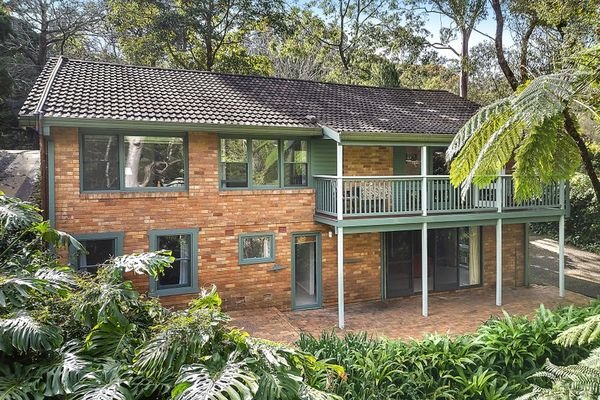Australia’s Housing Conundrum: Underutilised Spare Bedrooms and the Call for Taxation
A growing mismatch between housing stock and household sizes in Australia has sparked a heated debate about the potential taxation of spare bedrooms, as the country grapples with issues of housing affordability and supply.
According to research by Cotality Australia, over 60% of households have one or two people, yet most homes have three or more bedrooms.
This disparity has led to suggestions that households with underutilised spare bedrooms could be taxed, or incentivised to downsize, to free up housing stock for younger families and first-home buyers.
Shifting Demographics and Housing Needs
The traditional nuclear family model is no longer the norm in Australia, with more than a quarter of households consisting of one person and over 60% having one or two people.

However, the majority of homes still have three or more bedrooms, highlighting a mismatch between housing stock and household sizes.
Cotality Australia’s head of research, Eliza Owen, notes that this disparity has evolved over time, as households have changed and average household size has declined.
“Households have more bedrooms than they might utilise just for sleeping,” she said.
Taxation and Incentives: Potential Solutions
Owen suggests that taxing spare bedrooms or incentivising households to downsize could be a way to address the issue.
“You could ask them to pay for it through land tax or you could incentivise them to move on through the abolition of stamp duty or some combination of both,” she said.
However, Owen acknowledges that asking people to leave their family homes and downsize is a significant ask, and that it may not be a viable solution for everyone.
Challenges in Meeting Housing Demand
The issue is further complicated by challenges in building new homes that meet the actual needs of households.
Quantify Strategic Insights’ head of data and insights, Angie Zigomanis, notes that developers often focus on building luxury apartments for wealthier downsizers, rather than more affordable starter homes.
Zigomanis suggests that reproducing a NSW plan, where the government guarantees a set amount of apartment pre-sales to help developers get bank loans, could be one way to overcome this challenge.
As Australia strives to meet its target of building 1.2 million new homes in five years, experts agree that a diversity of home sizes and types is essential to meet the changing needs of households.

